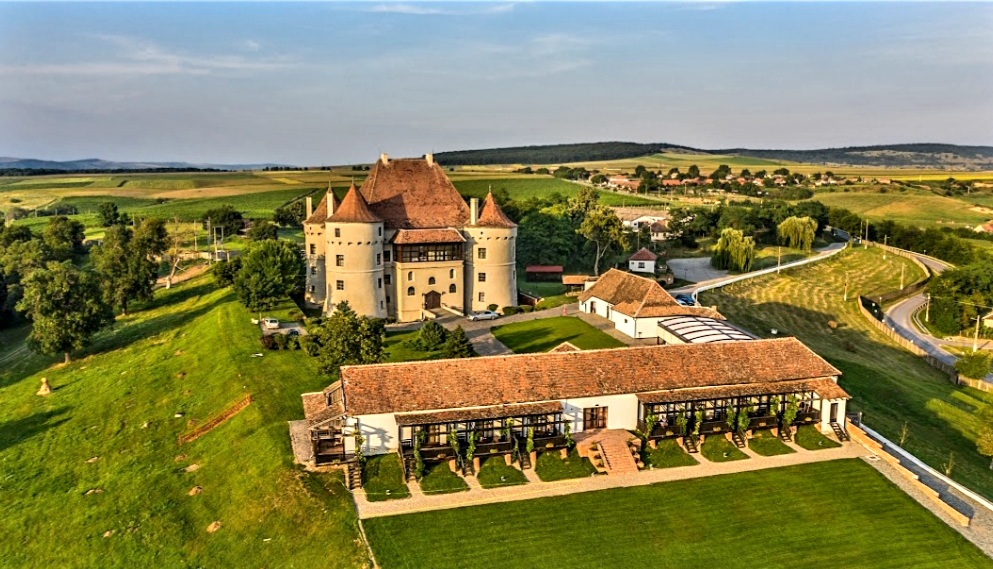The Wolf Post offers a professional service with free access, without subscription.
For this reason, a donation would also be a sign of appreciation for our work.
Cover Image: © Cramele Jidvei- Wines of Romania
Wines of Romania is a private Association created to promote the wines of a region in full expansion on the international market, thus supporting Romanian producers in the process of expanding into new markets.
Marinela Anderlean, owner of the Association, in this interview, shares a small part of the ancient Romanian winemaking tradition and its equally noble history
When was your platform born, and for what purpose?
We launched the project in April 2022 by bringing together a strong team of Romanian wine experts and involving massive energies from all over the world. Our goal is to create for winemakers and everyone involved in the industry a powerful tool, transforming the way we interact, how we present ourselves to the world, and how we further develop this territory of excellence. Only together can we sustain Romanian wine as a country brand.
To achieve this, we have registered the Wines of Romania by Marinela Ardelean brand in Europe and the United States. We have the www.winesofromania.com platform and the Wines of Romania app (Android and iOS) and gather around us the marvellous support of Romanian wine Ambassadors – Romanian wine experts who live abroad and believe in our mission.
Our main objectives have been since the beginning:
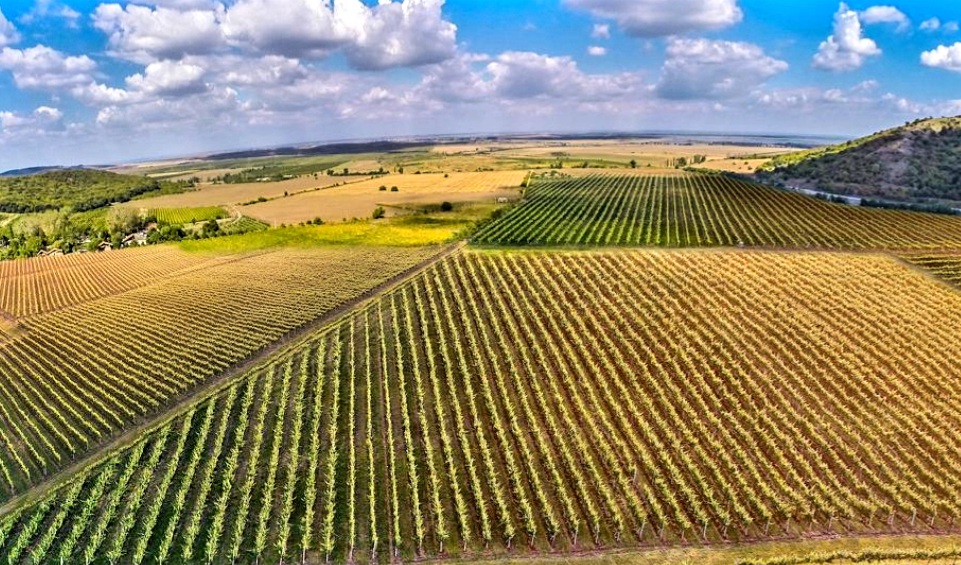
© Caii de la Letea- Wines of Romania
Education & information
You can find news, articles, recommendations, interviews and analyses that build a faithful and easy-to-understand portrait of the domestic wine industry, with a technical dictionary and constantly updated database of all wine producers in the country.
Support for producers
Wine producers can build showrooms and use complete professional services, including communication strategies, branding and positioning consultancy or business analysis.
International promotion
The essential mission remains to take Romanian wine to the world, to increase awareness and support Romanian producers on their way towards new partnerships.
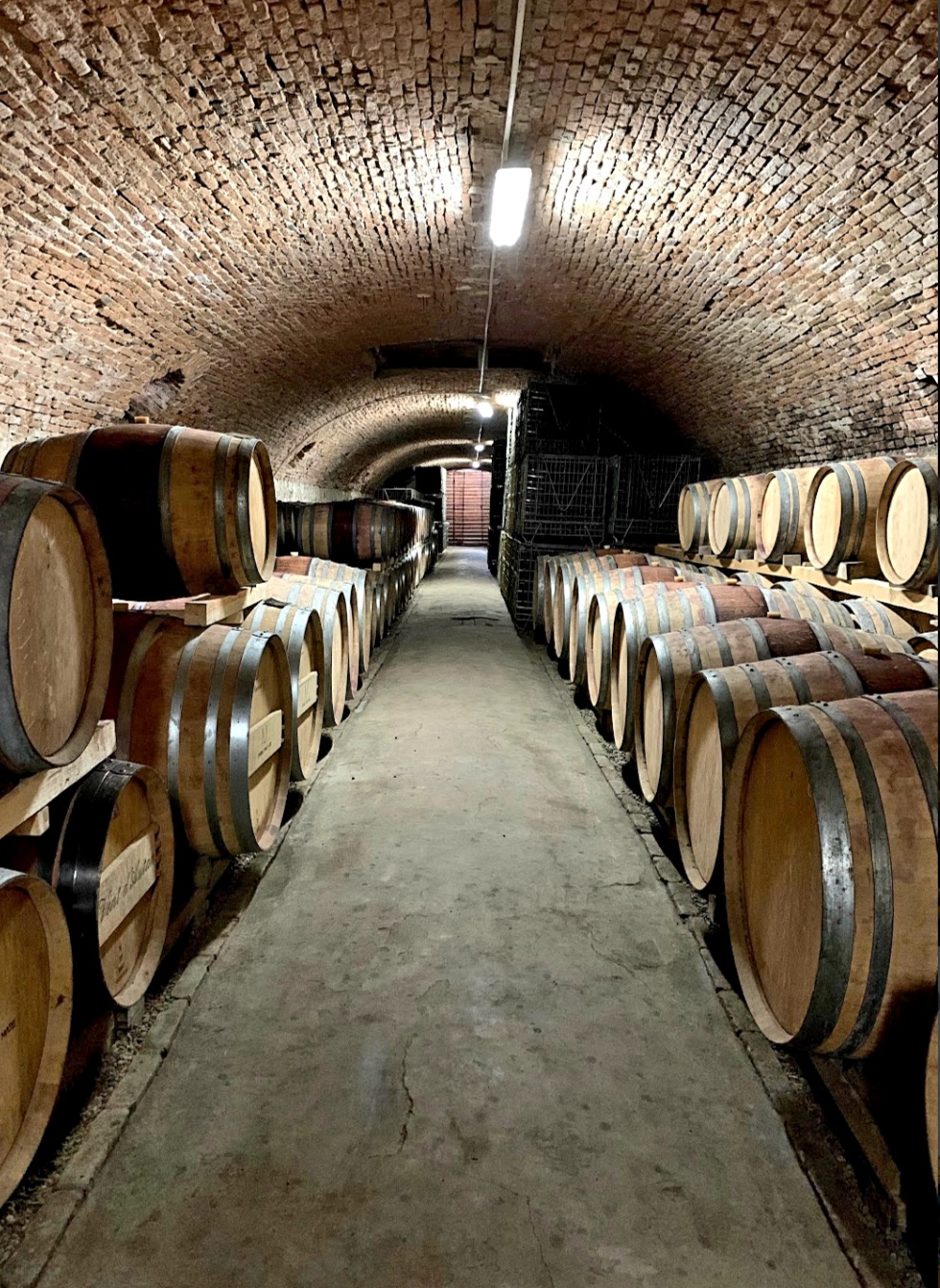
© Crama de Matei- Wines of Romania
Can you briefly describe which are the wine-growing areas of Romania and which are the viticultural characteristics?
Romania has a long history as a wine-producing country. It is considered Eastern Europe’s most important producer, and we can acknowledge that quality has improved considerably in the past decades.
Our country is in 12th place in the world in the ranking of wine producers and 6th in Europe, after France, Italy, Spain, Germany and Portugal. The vineyards now occupy about 1.4% of the entire agricultural area of the country – 180,378 hectares. OIV statistics say that Romania’s area under vine is similar in size to the one of Chile and Portugal, and the production is slightly above New Zealand’s.
Speaking of regions, there are seven of them described by local authorities, although some might argue that 7 out of 8 are rather described more as local identities of historical regions (provinces):
Moldova (North East)
Transylvania (Central North)
Muntenia and Oltenia (Central and Western South)
Banat (West)
Crisana & Maramures (North West)
Danube’s Terraces (South and South East)
Dobrogea Hills
Sands and other favourable terrains of the South
For each region, there are several Denominations of Controlled Origin (DOCs), 33 in total, many of them having several sub-denominations accepted as names of origin, being allowed as mentions on the label.
For each DOC, a general terroir can be described. Still, the authentic terroir wines of Romania result from particular, usually small vineyards that only spread on one or two hills, at a certain height and with a specific orientation.
The main thing to consider is the difference in general climate, with an average annual temperature of 11.8-12.2 degrees in the South and 9.5-10.5 in the North. The West, being opened towards the Pannonian fields, is occasionally influenced by Mediterranean air, while the Black Sea only influences vineyards in Dobrogea. Other major influences are the Carpathian Mountains and the Black Sea. The Carpathians’ curve blocks the North-Eastern winter winds and protects against possible frost, creating an “island” in Transylvania and a barrier for the Southern regions.
Moldova is the largest wine-growing region in Romania (over 40% of the vineyards) and one of the largest in Europe. The nine vineyards and the eight independent wine-growing centres occupy the predominantly hilly area between the Subcarpathians of Moldovia, the curving Carpathians, the Prut valley and the lower Siret valley. Moldova’s vineyards produce a wide range of wine products, from still and sparkling wines to worthwhile ageing wines.
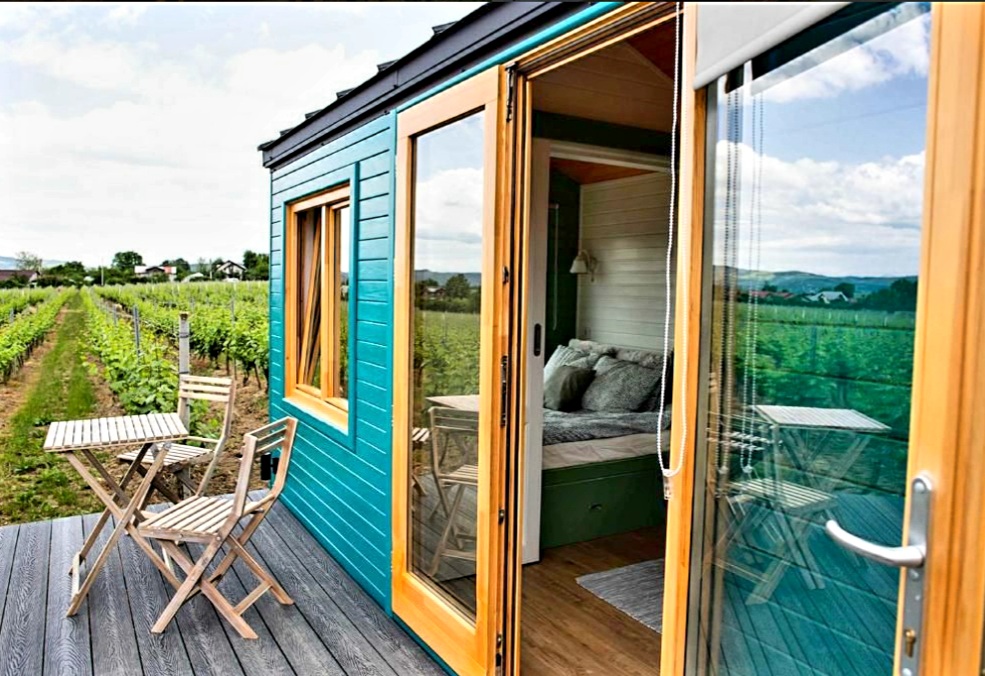
©Gramofon Wine- Wines of Romania
Muntenia wine region brings together the hilly area of the Getic Subcarpathians and the curving Subcarpathians, with the more gentle slopes exposed to the sun all day long and along the rivers that spring from the mountains or across the Carpathians: Olt, Argeș, Dâmbovița, Prahova and Buzău. Together with Oltenia, they represent the second-biggest wine region in Romania and one of the sunniest.
Oltenia, known for its island vineyards, located close to commercial urban areas, still has, in addition to a multitude of national and international varieties, both hybrid grape varieties (such as the famous Siebel/ Zaibar), as well as ancestral Romanian varieties (Roșioara verde, Roșioara comună, Roșioara neagră, Mustoasa de Maderat, Băbească neagră, Gordan), which have survived phylloxera, precisely because of their adaptability to sandy soils, where the insect cannot migrate from one root to another, making it impossible for it to burrow through the sand.
The wine region Podișul Transilvaniei (Transylvanian Plateau) is known as a classic white area producing outstanding wines. The area is quite cool, with large excursions between night and day, allowing grapes to mature and build perfumes while preserving their refreshing acidity. The climatic changes of the last decades also favour the production of expressive red wines nowadays.
Banat region is located in the southwest of Romania and stretches over the counties of Caraș-Severin, Timiș and Arad (south of Mureș). “Banat” refers to a frontier province governed by a ban (in Hungarian Bánság). Here live together in harmony with Romanians, Serbs, Hungarian and Swabians, their culinary dowry being accompanied on all important occasions in life by locally produced wine.
The region of Dobrogea, Sands and Danube Terraces is located in south-eastern Romania and stretches between the Danube and the Black Sea, bordered by the Macin Mountains. With areas of the plateau and alluvial hills, Dobrogea is a treasure of microclimates, hence the multitude of designations of origin that define the particularities of each geographical indication.
The Danube-Black Sea Channel brings to the vineyards of the micro terrain the particularity of a maritime sub-climate. It is the sunniest and driest area with a good reputation for soft reds and luscious whites and offers great possibilities to farm organically. From the varieties Chardonnay, Muscat Ottonel, Pinot gris, Pinot noir, Tămâioasă românească and Traminer roz, in good vintages, sweet, precious wines are obtained from grapes picked when the grapes are ripe and sometimes botrytis.
Crișana & Maramureș region is located in the north-west of Romania and covers the counties of Satu Mare, Sălaj, Bihor and Arad (Nord of Mureș). Crișana – the historical province of Romania, was part of the Partium region, together with Maramureș and Sătmar The Partium land meant the “parts” of Hungary, joined after 1526 to the historical care of the Transylvanian Plateau. In this context, the wines produced in this area became the favourite of the Austro-Hungarian Imperial meals.
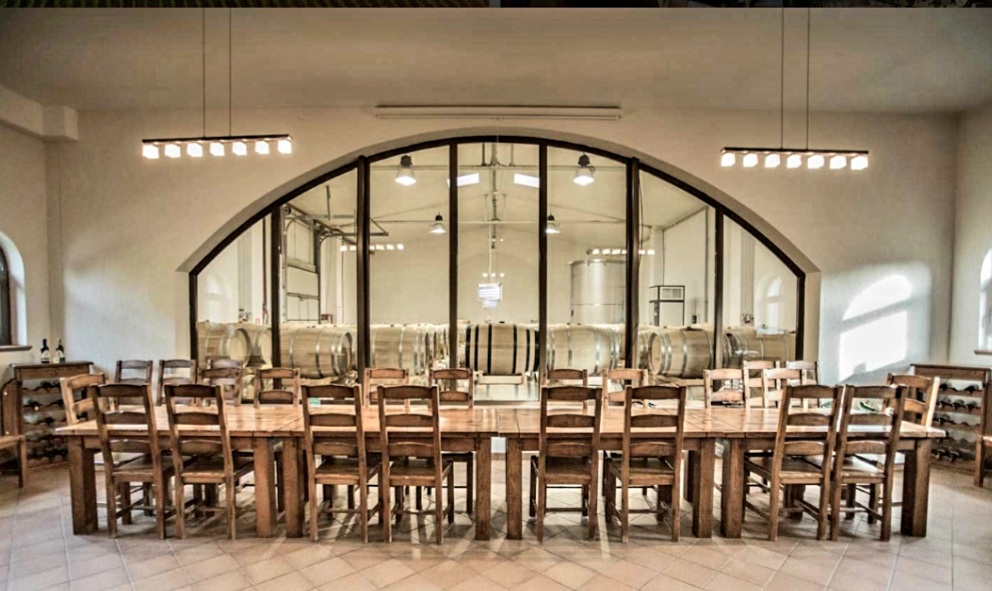
© CRAMA S.E.R.V.E- Wines of Romania
What are the main vineyards and their characteristics?
Romania has a perfect location and an important array of terroirs. The Carpathians Mountains offer protection and moderate the temperature, while the long and mite autumns help to concentrate aromas and flavours while maintaining acidity. No wonder why so many international wineries appreciate these natural gifts and come here to start their new ventures.
This variety allows, in all the regions, the production of high-quality white, rose and red wines covering all styles from fresh, high-acidity wines to rounded, full-bodied wines and, in some areas, even botrytised wines.
The Dealul Mare DOC area in Muntenia will continue to be, for the foreseeable future, the epicentre of quality wines in Romania, with the highest concentration of small, medium and large producers oriented towards wine production. The white wines have aromas of exotic fruits, pears, floral nuances of vine flowers, mown hay, jasmine, and acacia. Rosé wines show exotic fruit, citrus aromas, fresh, refreshing, lively taste, good acidity, and balance. The red wines are characterised by finesse, light tannins, velvety and colour intensity due to reddish-brown soils, rich in ferric salts.
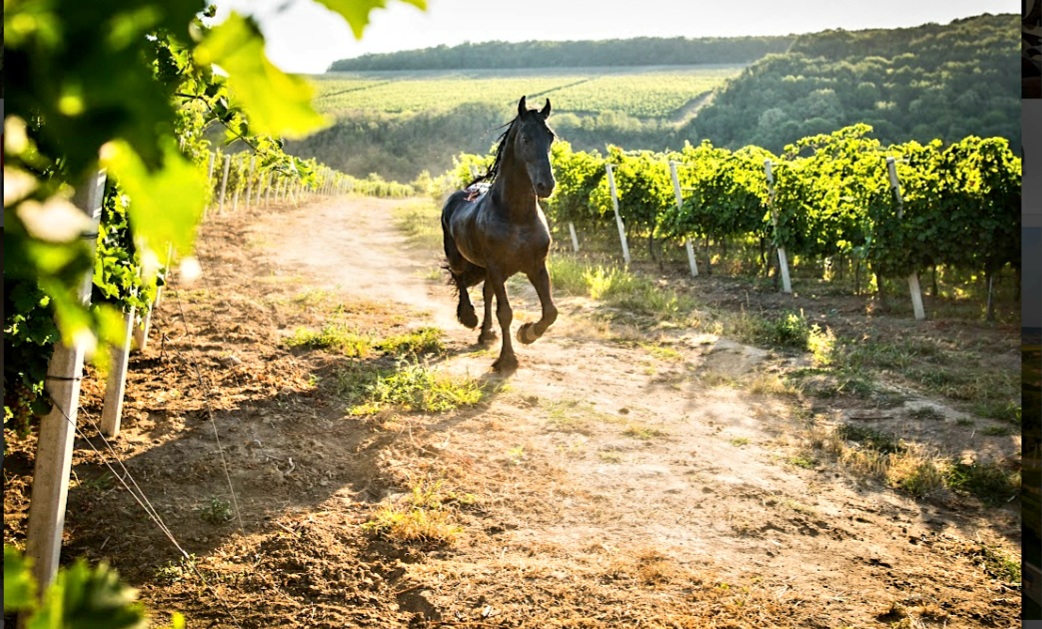
©Domeniile Averesti- Wines of Romania
What are the goals set for the near future to spread your excellence more and more, both nationally and Internationally?
The country is undergoing profound changes nowadays, building a future in line with the European Union standards and aspiring to become a valued member of the international wine community as a producer of quality wines.
In the last decade, we’ve assisted to the born of small-boutique wineries and quality-minded producers. As a result, we’ve noticed the rise of the first premium Romanian wines, increasing presence on international markets and wine contests where the wines received medals.
We aim to gather all the wine producers in Romania in a joint effort to raise awareness of Romanian wine internationally. We are involved in many international activities, events and tastings, like last year’s great occasion of organising an evening dedicated exclusively to the Romanian wines to the Jury at Mundus Vini or this year’s tasting at the Romanian Embassy in Rome.
We are also keen to promote national programs aiming to revive Romanians’ passion for wine, educate consumers, and train future generations of wine professionals.
Why are the wines of Romania so special?
There are thousands of years since winemaking began on Romania’s territory, a craft that has continued uninterrupted throughout history. We have spectacular local grape varieties, unique flavours and a very personal, hands-on approach to terroir.
Among the most well-known local varieties and widely grown are Fetească regală, Fetească albă, Busuioacă de Bohotin, Feteasca neagră, Tămâioasă românească, Crâmpoșie selecționată. Fetească neagră is becoming our flagship variety, and producers are investing a lot in innovation.
We aim to put Romania, in the next future, on the “must-see” list of every wine lover. Why? Because it offers a great choice of unique wines, welcoming people, and breathtaking landscapes, all united with untouched medieval treasures from churches and cathedrals to castles and resorts.


